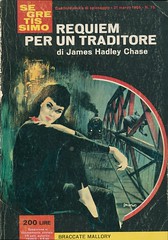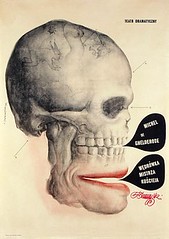Carlo Jacono @80 and Italian exploitation
An Italian translation of Malory by American author James Hadley Chase
Cover design by Carlo Jacono
Carlo Jacono (March 17, 1929 – June 7, 2000) was an Italian illustrator detective novel covers and regular contributor to Mondadori’s gialli and Urania magazine.
A digression into Italian exploitation.
My interest in regional exploitation or pulp culture is that what it tells about the region where it is produced. I am searching for national stereotypes by way of their exploitation culture; regional stereotypes deduced from regional fears and desires (horror and eroticism).
Italian exploitation culture is literature and films in the “low culture” tradition originating from Italy, cultural products which address the prurient interests of its audience. A quick glance at Italian society on the one hand, which its firm anchor in puritan Christianity, and its abundance on the other hand of graphic exploitation material, quickly reveals its double standards.
In print culture there has been giallo fiction, quickly followed by adult comics, the so-called fumetti neri.
But the nature of Italian prurience is most readily revealed in Italian cinema. Genres such as cannibal films, Italian erotica, Italian horror films, giallo films, mondo films, il sexy, spaghetti westerns, sword and sandal films all went a tad further than contemporary products of European exploitation.
Had it not for the world wide web, these maligned genres would probably not have been so widely known, but if you prefer reading books to the internet, here is a list of publications on European exploitation you may enjoy.






